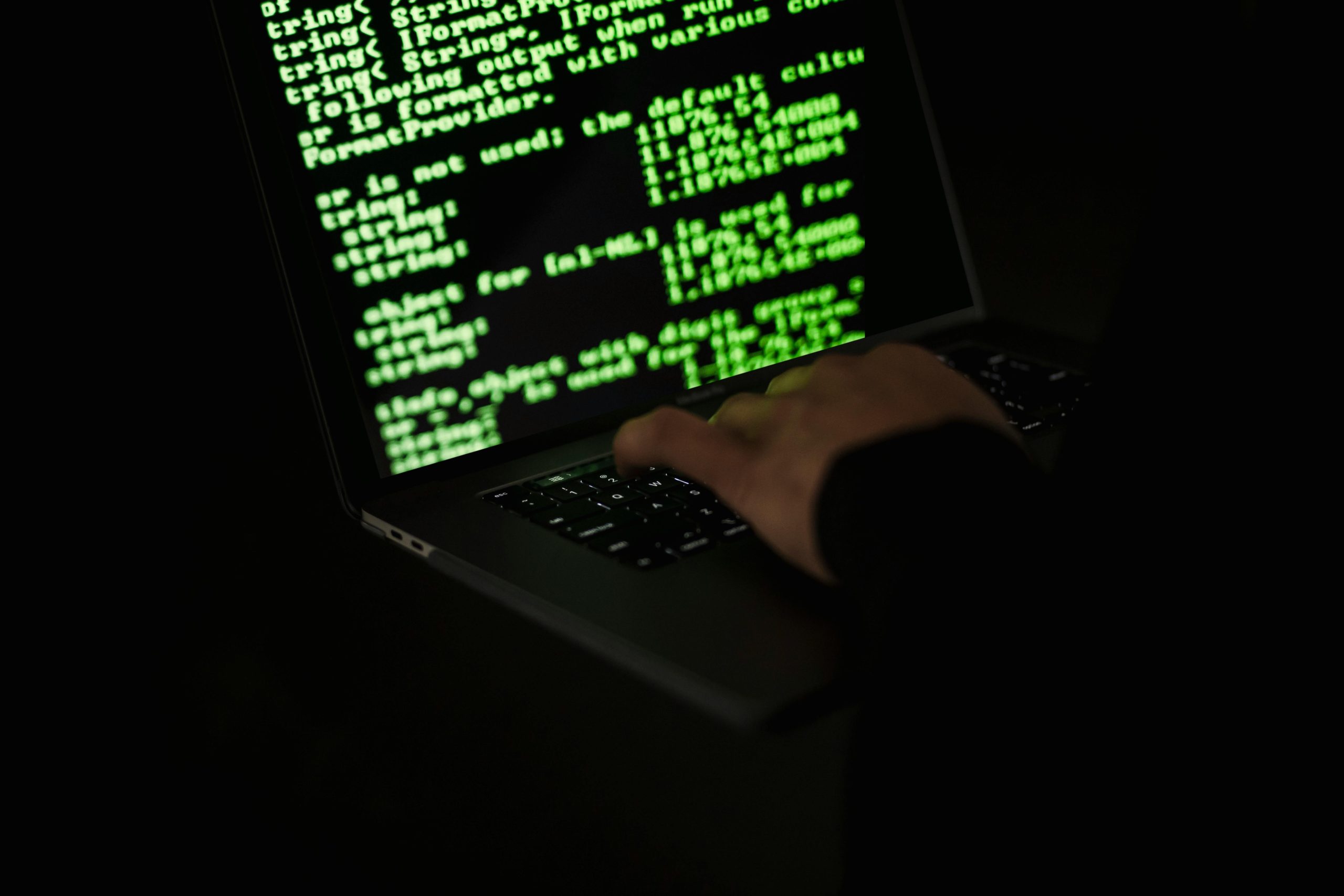Professional Blog Article
Title: Addressing Persistent Malware Processes: A Guide to Removing Heuristic.ProcessDoppleganging
Introduction
Encountering malware on your personal computer can be a distressing experience, especially when conventional removal methods fail to eradicate persistent processes. One particularly challenging variant is the heuristic “ProcessDoppleganging,” which can originate from or associate with specific system directories. If you find yourself dealing with such a threat, this guide will help you understand the nature of these processes and provide actionable steps to effectively eliminate them from your system.
Understanding the Issue
Recently, users have reported unusual behavior on their PCs, such as browser extensions behaving unexpectedly or security tools indicating management by an organization, despite being on a personal device. After running malware scans with reputable tools like Malwarebytes, some users discover numerous threats, yet certain persistent processes remain. These processes often spawn repeatedly after system restarts, making them particularly difficult to remove.
The specific process in question—heuristic.ProcessDoppleganging—is known to be associated with malware that employs advanced techniques to hide or recreate itself, often leveraging system processes or directories to evade detection.
Key Indicators
- Recurring process spawning after reboot
- Auto-quarantining by malware scanners
- Unusual file paths, such as: C:\ProgramData\ASUS\Factory_Cobalt.exe
- Browser extensions displaying as “managed by your organization”
Step-by-Step Remediation Strategy
-
Backup Your Data
Before making significant changes, ensure all important files are backed up to prevent potential data loss. -
Enter Safe Mode
Boot your PC into Safe Mode to prevent malicious processes from running: - For Windows 10/11:
- Press Windows key + R, type
msconfig, and press Enter. - Under the “Boot” tab, select “Safe boot” and restart.
-
Alternatively, hold Shift during restart to access recovery options, then navigate to Troubleshoot > Advanced options > Startup Settings > Restart, then select “Safe Mode.”
-
Use Advanced Malware Removal Tools
While Malwarebytes is effective, certain threats may require additional tools: - Microsoft Defender Antivirus: Run a full scan
- System File Checker: Open Command Prompt as administrator and run
sfc /scannowto repair system files - Specialized Malware Removal Tools: Consider tools like HitmanPro, RogueKiller, or ESET Online Scanner for comprehensive detection
4.
Share this content:



